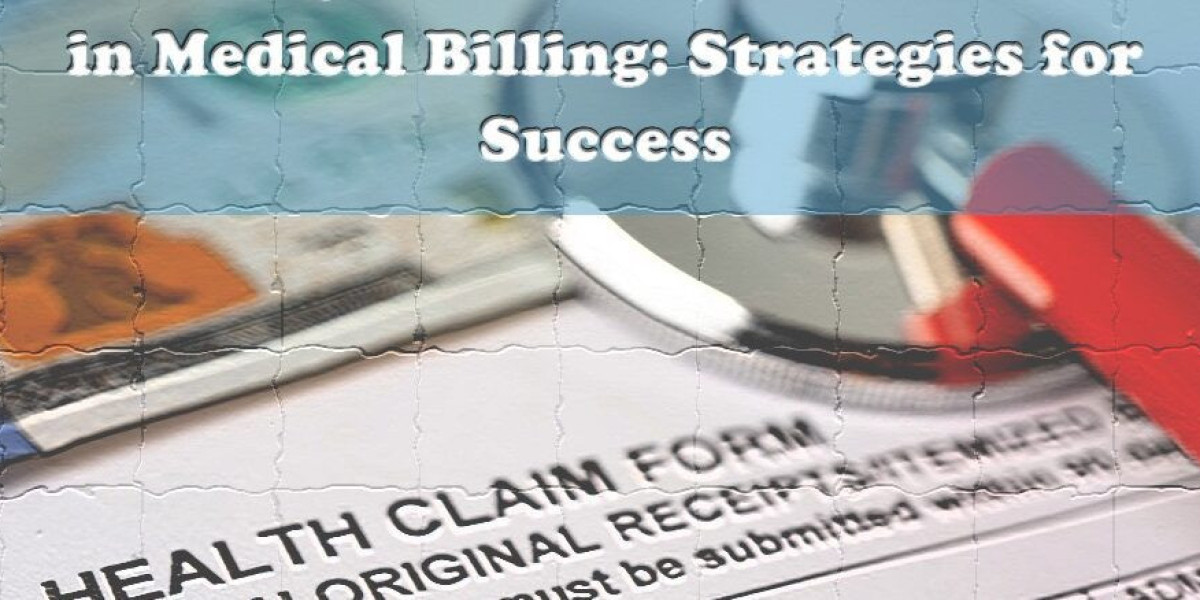Introduction
An essential aspect of the healthcare industry is medical billing, which requires thorough attention o accuracy and details. As a healthcare professional, you must optimize your medical billing processes to improve reimbursement from insurance companies. However, improving rates of reimbursement is both challenging and complex. There are several strategies involved for effective medical coding and billing. These included accurate documentation, proper coding, and efficient submission of claims. Implementing these strategies helps healthcare professionals and patients combat the challenges of the healthcare industry. The article will discuss the key steps that you can use to improve your reimbursement rate. These are
Complete and accurate documentation
Always ensure that all medical documentation is accurate and meets all the insurance company’s requirements. It included documenting patient diagnosis, condition, treatment procedures, and supporting documents like medical test records. There are about 80% of medical bills contain errors. Unclear documentation can contribute to claim delays and denials. To minimize the issues, claims should be complete and accurate the first time and double-check before making the final submission. Common sources of errors are incorrect information about the patients, and healthcare professionals, duplicate billing, poor documentation, and intentional or unintentional under or up-coding.
Verification of insurance coverage
Before providing any medical service, always verify the patient’s eligibility and insurance coverage. It will be beneficial for you to analyze whether a patient is eligible for the provided services or requires pre-authorization before providing these services to the patient. Verifying upfront insurance coverage can prevent claim rejections and reduce the requirements of costly appeals. Read More...







